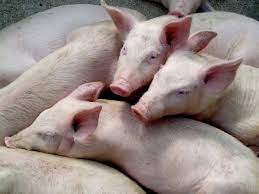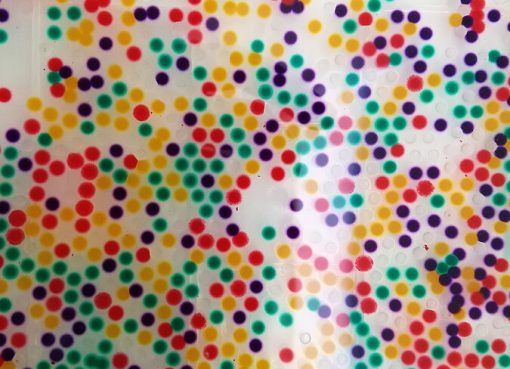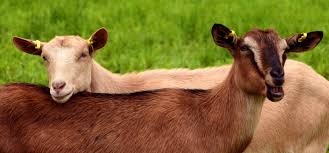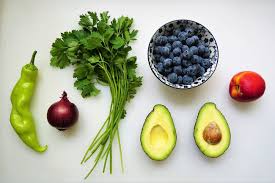M. Joysowal, B.N. Saikia, R. Bhuyan, G. Saikia and R.J. Deka
Department of Animal Nutrition
College of Veterinary Science, Assam Agricultural University
Khanapara, Guwahati-781022
India is among the top five countries of the world in swine production. Meeting the nutritional requirement according to ICMR recommendation is the biggest challenge in the fast growing country like India. Now, majority of the protein needs are fulfilled from egg and meat from poultry source. To fulfill the future demand, the piggery sector is one of the best sources for meat production due to its best feed conversion efficiency, high dressing percentage (70-80%), early maturity (8-9 months), short generation interval (2 litters/year) and relatively small space requirement, which has resulted in increased interest to take up pig farming in a modern and scientific manner.
Modern systems of pig rearing, higher litter size at birth and rapid post-weaning growth rate increase the requirement of both major and minor as well as trace elements. Folic acid is one such important micro-nutrient needed in considerable amount for the growth and development of conceptus and placental development (Pond and Houpt, 1978). Folic acid is made from a B vitamin called folate. Folate plays an important role in the production of red blood cells and helps a baby’s neural tube development into brain and spinal cord.
Further, homocysteine (HCY) concentration is typically several fold higher in pigs than other species, as a result the supply of methionine cycle intermediate (methyl donor) may be imbalanced (Cronje, 2008). Homocysteine is an amino acid. Vitamin B12, B6 and folate break down homocysteine to create other chemicals that a human body needs. High homocysteine levels may mean a vitamin deficiency.
The higher level of HCY inhibits the production of endothelial nitric oxide (NO), a vasodilator that regulates the blood flow (Stuhlinger et al., 2001). An impaired synthesis of NO in the placental vasculature will result in poor transfer of oxygen and nutrients to the fetus which could result in intrauterine growth retardation (IGUR) (Cronje, 2008). Elevated HCY induces oxidative stress by forming reactive oxygen substances and inhibiting antioxidant activity. To overcome all these negative effects, supra-nutritional folic acid supplementation in the maternal and offspring diet is essential. Gestation and lactational folic acid supplementation influence the transfer of folate from the sow to the fetus, which could prevent intrauterine growth retardation (Cronje, 2008).
Folic acid B9 is recognized as a factor of great importance in the control of sow’s prolificacy (Matte et al.,1984). Matte and Girard (1999) reported that an adequate dietary folic acid concentration would be at least 10 ppm for a gestating prolific sow.
References:
Cronje, P.B. (2008). The requirement of pigs for methyl groups. Report to the Pork CRC Ltd. Roseworthy, SA, Australia, p. 33.
Matte, J.J.; Girard, C.L. and Brisson, G.J. (1984). Serum folate during the reproductive cycle of sow. J. Anim. Sci. 59: 158-163.
Pond W.G. and Houpt, K.A. (1978). Lactation and the mammary gland. The Biology of The Pig. Ithaca, NY: Cornell University Press. pp.181-191.
Stuhlinger, M.C.; Tsao, P.S.; HER, J.H.; Kimoto, M.; Balint, R. and Cooke, J.P. (2001). Homocysteine impairs the nitric oxidase synthase pathway. Role of asymmetric dimethylarginine. Circulation. 104: 2569-2575.
Author Information:
- Dr Mamata Joysowal, Assistant Professor, Animal Nutrition Department
- Bibeka N. Saikia, Professor, Animal Nutrition Department
- Robin Bhuyan, Professor & Head, Animal Nutrition Department
- Gunaram Saikia, Professor, Animal Nutrition Department
- Raj Jyoti Deka, Assistant Professor, Animal Nutrition Department




